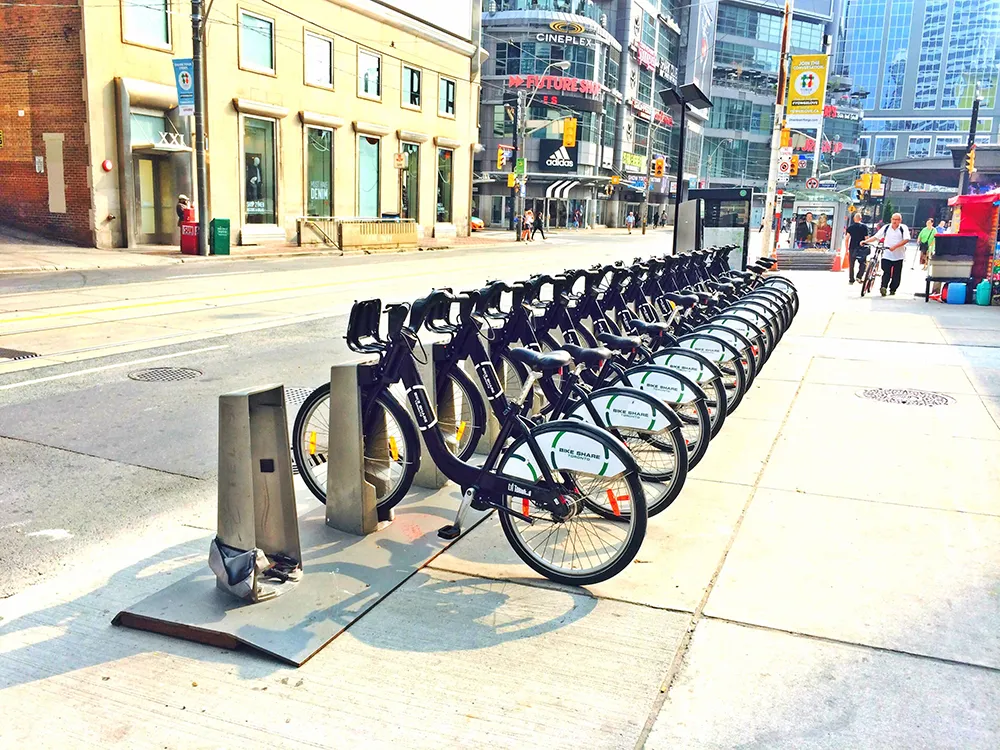Orders from the Swedish Transport Administration (STA -
This robust growth was primarily fuelled by speed measurement system deliveries to the Swedish automatic safety control (ATC) stations. The orders, for monitoring systems, roadside cabinets and spare parts for speed enforcement enabled the company to deliver an operating profit of US$970,000. The company’s gross margin for the quarter was affected negatively by costs relating to the structuring of its service and maintenance organisation in Sweden, but the new operation produced a positive cash flow during the second quarter.
According to Johan Frilund, Sensys Traffic CEO, the Swedish project is a significant reference project in Sensys’ international marketing. He says, “Sensys’ ability and capacity to supply large volume projects is reflected in the fact that we have succeeded in keeping to a challenging deployment plan for systems for the Swedish ATC stations. We have delivered at a faster pace than planned and we have already exceeded the agreed minimum order value of US$15.9 million. In addition to the installation and commissioning of exchange systems, we also¬ maintain existing ATC stations.”
He feels the international traffic safety market is showing positive development. The company is continuing to market to new and existing customers both in the Middle East and the US, as well as in Europe and Asia.
Sensys has also received orders for the railway market; the Finnish Transport Agency placed a new order worth US$1.3 million in the second quarter of the year for additional systems for pantographs on trains (APMS). Sensys’ strategy is to build confidence via initial pilot tests and they believe that this order has a positive impact on the level of orders in the countries in which it operate.
“Our strategy of focusing on long-term volume markets remains in place. We have competitive products, good customer¬ relationships and a stable financial situation, all of which stand us in good stead for the future,” says Frilund.
Robust growth for Sensys
Orders from the Swedish Transport Administration (STA -Trafikverket) have contributed to Sensys Traffic’s net sales in the second quarter of 2014, which rose by 127 per cent.
This robust growth was primarily fuelled by speed measurement system deliveries to the Swedish automatic safety control (ATC) stations. The orders, for monitoring systems, roadside cabinets and spare parts for speed enforcement enabled the company to deliver an operating profit of US$970,000. The company’s gross margin for the quart
August 21, 2014
Read time: 2 mins









